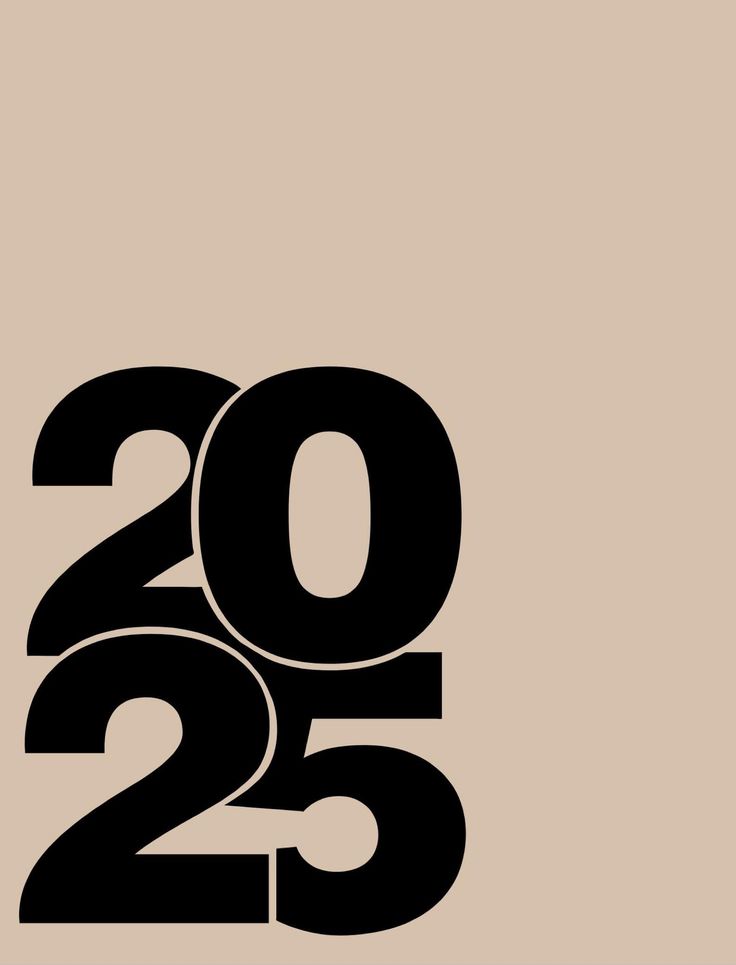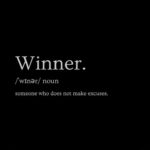In 2015, retention was the quiet KPI important, but often overshadowed by acquisition. Fast forward to 2025, and the equation has flipped. Customer retention is no longer a secondary metric; it’s the pulse of sustainable growth.
But what exactly has changed? Why are brands that used to thrive on aggressive acquisition now refocusing on keeping what they already have? And how do this year’s retention benchmarks reshape the way we measure loyalty, success, and long-term value?
Let’s unpack the shifts shaping retention marketing in 2025 with real implications for how companies will win (or lose) their customers in the next few years.
1. Retention Is the New Revenue Driver
In a world of rising ad costs, privacy laws, and platform unpredictability, acquisition has become expensive and volatile. CAC (Customer Acquisition Cost) has increased by over 40% since 2020 across most industries.
Meanwhile, retention ROI has only grown stronger. Retained customers spend up to 67% more, and their referral impact compounds without added spend.
In 2025, smart brands are treating retention as a profit center, not a post-sale metric. Marketing teams are aligning with customer success and lifecycle specialists to extend customer lifetime value (CLV), optimize onboarding, and build continuous engagement loops.
2. Personalization Has Moved Beyond “First Name”
Remember when personalization meant “Hey [Name]” in an email? That won’t cut it anymore.
The modern retention benchmark focuses on contextual personalization understanding not just who your customer is, but where they are in their journey.
AI-driven CRMs and customer data platforms (CDPs) now integrate behavioral signals, intent data, and real-time usage insights to predict what a customer needs next. Whether it’s a re-engagement email triggered by declining activity or a customized upsell timed with product usage peaks retention today is predictive, not reactive.
The benchmark here isn’t just about communication, it is about anticipation.
3. Value Delivery Has Replaced Discounts
Discount fatigue is real. Customers have seen every “limited time offer” and “exclusive renewal deal.” What they crave now is value continuity.
Top-performing retention teams in 2025 measure their success by one question: Is the customer still achieving the outcome they came for?
Brands are investing in customer education, success content, and community driven engagement rather than price driven retention. This shift marks a powerful evolution from transactional loyalty to transformational loyalty.
The new retention leaders? Companies that embed customer success stories into their marketing flywheel, proving that value, not price, keeps people around.
4. Automation + Empathy = Sustainable Retention
Automation has matured. The benchmark is no longer how much of the process you can automate, but how human your automated systems feel.
AI tools now handle churn prediction, renewal reminders, and feedback loops. But the real winners blend this data-driven automation with human touchpoints; personalized check-ins, empathy-led messaging, and genuine relationship management.
It’s the hybrid model that works: Machine intelligence + Human intuition.
5. The New KPIs: From CLV to CAC Ratio to “Health Scores”
Retention metrics have evolved from the classic “repeat purchase rate” to more holistic indicators of customer health.
In 2025, companies are tracking metrics like:
- Customer Health Scores — weighted indicators based on usage, satisfaction, and engagement.
- Time to Value (TTV) — how quickly a new customer achieves their desired outcome.
- Expansion Revenue — upsells and cross-sells from existing accounts.
These benchmarks reveal a deeper truth: retention success isn’t about keeping customers longer but helping them win faster.
6. Community Is Becoming the New Retention Channel
Retention used to live in emails, apps, and dashboards. Now, it thrives in communities.
From user Slack groups to brand forums and ambassador programs, customers want connection as much as they want convenience.
In fact, brands that invest in community engagement report up to 25% higher retention rates. The future of loyalty lies in creating spaces where customers feel seen, heard, and part of something bigger than the product itself.
7. What’s Next: Predictive Retention & Experience Design
The next phase of retention marketing is predictive experience design.
By 2026, retention platforms will evolve to simulate “what if” customer journeys, allowing businesses to visualize the effects of interventions before deploying them.
Think of it as digital twin technology for customer experience.
Retention strategies will no longer be guesswork, they’ll be modeled, measured, and optimized with precision.
Final Thoughts
The customer retention landscape in 2025 is smarter, more emotional, and deeply data-driven.
Benchmarks are no longer static numbers, they’re living systems built on insight, anticipation, and authenticity.
Because in an era where competition is one click away, retention isn’t just about keeping customers.
It’s about continually earning their attention, trust, and advocacy.
If you’re a business and think you might need help taking your revenue to the next level, we’d love to take a look. We’ll show you within hours how to optimize your customer base revenue with our audit and so much more.
Book your audit here → https://calendly.com/nasima-crm-consultancy
Check out our books on Amazon:
How to keep your Customers for life
100 onboarding hacks for exclusive CRM insights, retention strategies, and brand growth ideas.
Follow us on Instagram → @nasima_complex for daily tips, behind-the-scenes insights, and real-world brand wins. https://www.instagram.com/nasima_complex




